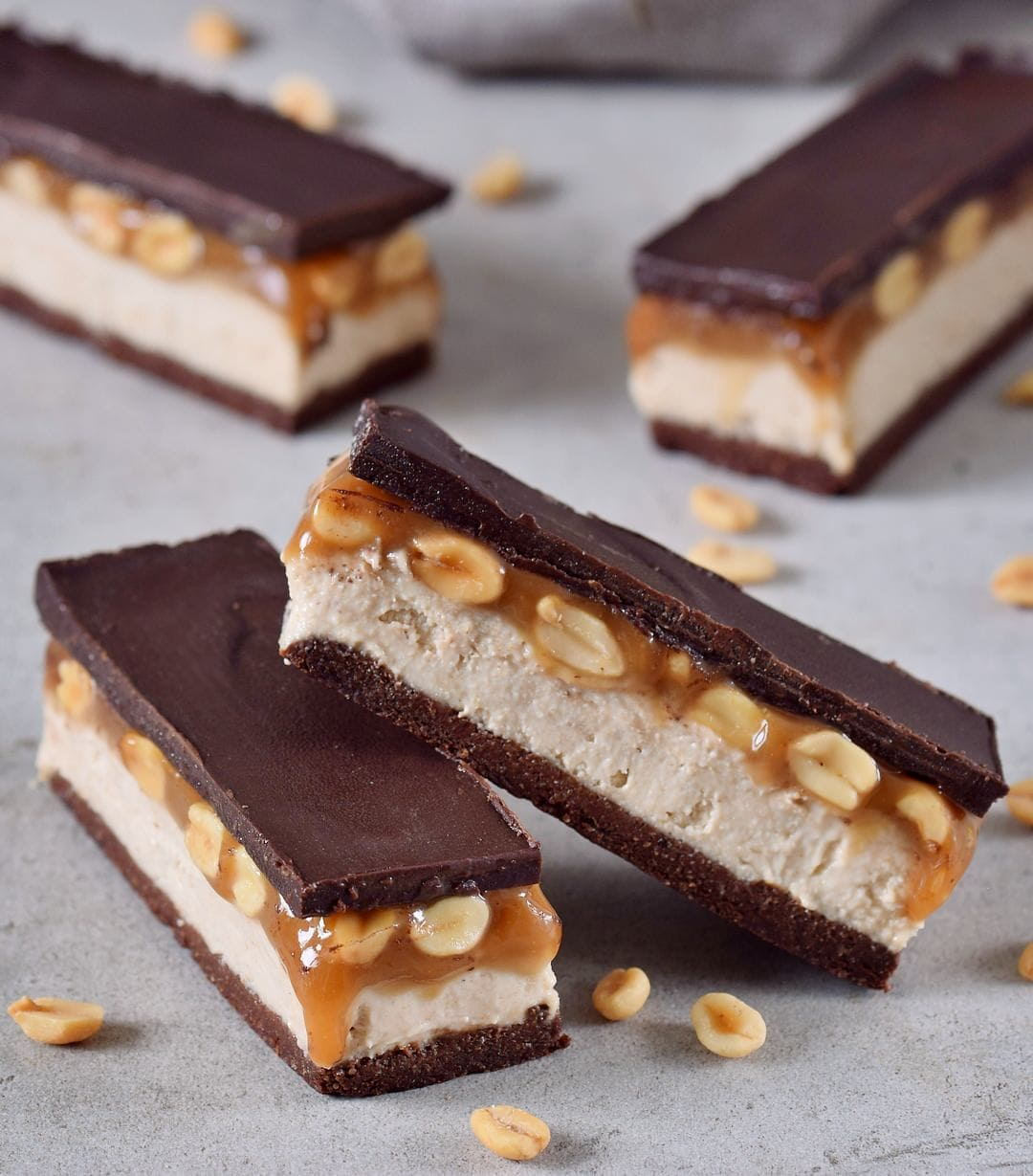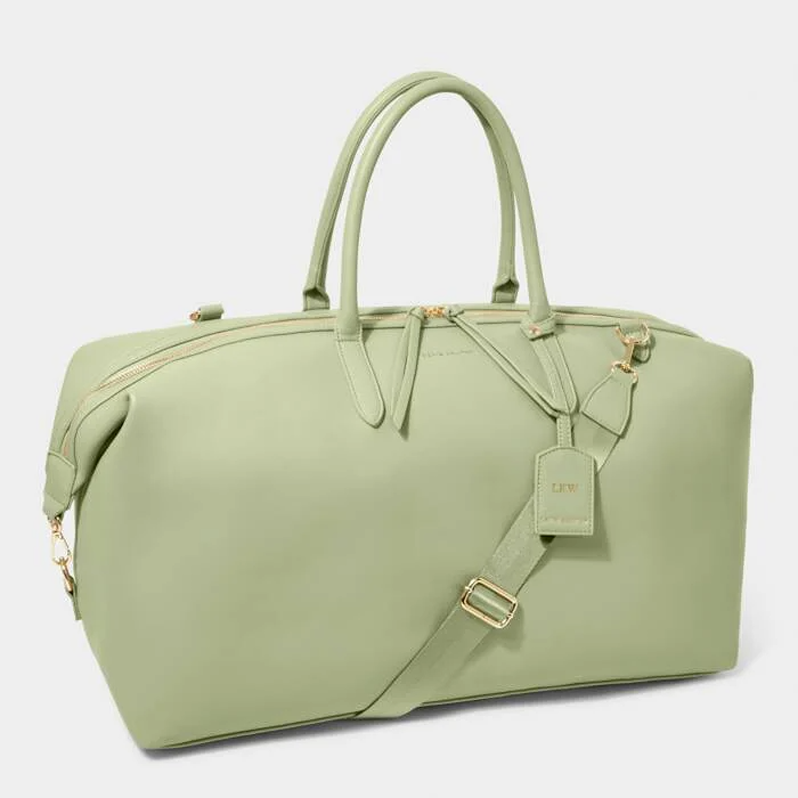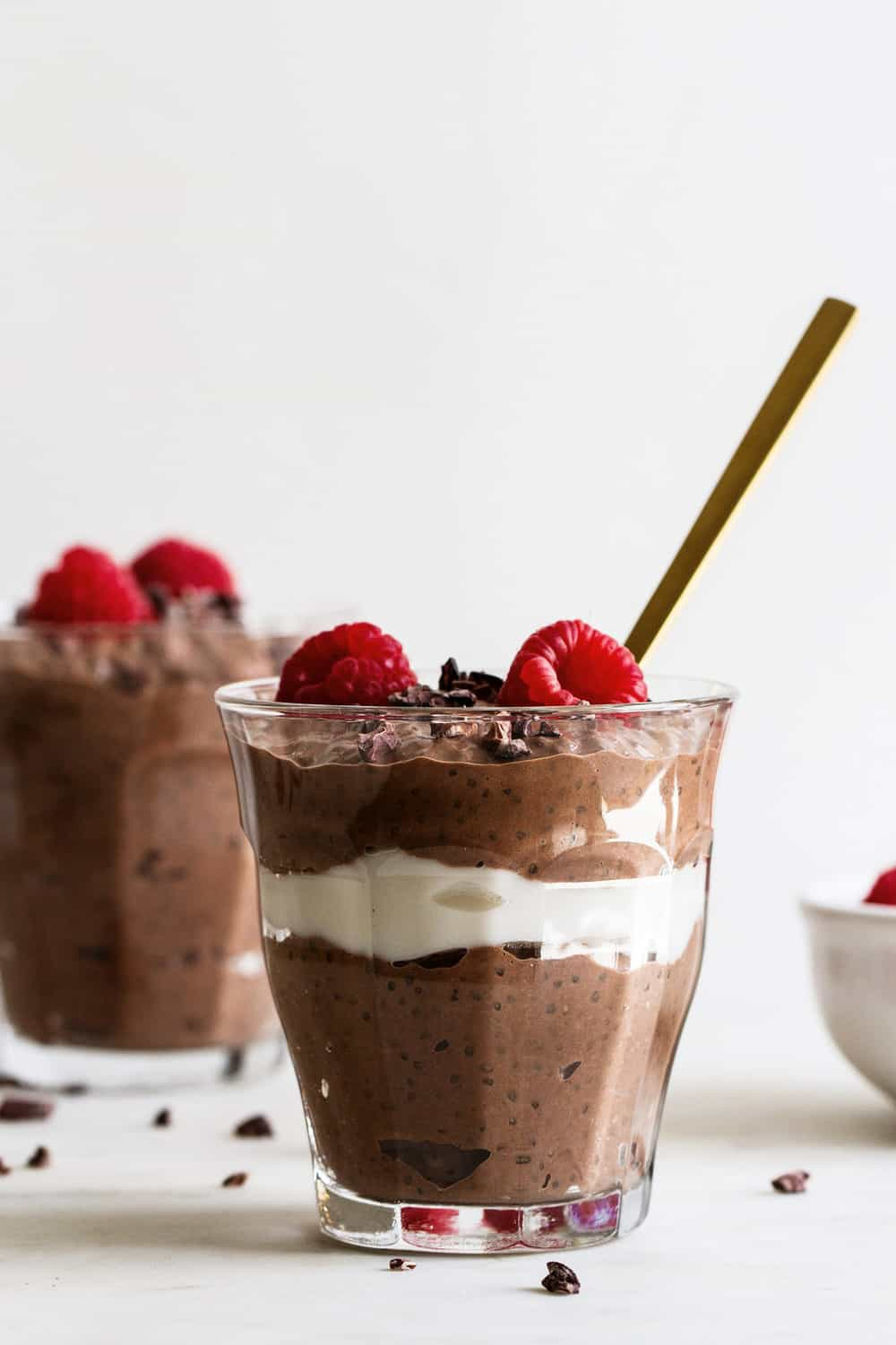Cupro: The Sustainable Vegan Silk Alternative

Many people are unaware that silk is made by boiling silkworms. Even ‘peace or ahimsa’ silk has been found to cause harm, as although the worms are allowed to chew their way out of cocoons, most end up on the floor, and starve as they are too tired to find food.
This beautiful dress is not made from silk, but waste cotton!
Synthetic alternatives leach microplastics from washing machines. But cupro is made from cotton, so zero waste and biodegradable. And it looks and feels just like silk!
Although Tencel fabric is also touted as a silk alternative, it’s made from closed-wood pulp from flammable eucalyptus trees. Due to concerns over wildfires, Spain and Portugal have already banned new plantations.
Cupron is from ‘linter’, the fuzzy waste left after cotton seeds are processed, that would otherwise be thrown away. It drapes beautifully and feels lovely on skin, to be an ideal silk alternative.

Cupro fabric has been around since 1900. It also holds up well in warm weather as it wicks away moisture better than nylon or polyester. So doesn’t cling to your body on summer days.
People with allergies also find it more comfortable, as it’s free from animal proteins. And unlike silk, this is easy to machine-wash on a gentle cycle, saving you time and dry cleaning costs.
Reasons to Protect Silkworms

Silkworms are not worms, they are the larvae of the silk moth. Living on mulberry leaves, they spin silk from their saliva which hardens into liquid protein, when it comes into contact with air).
They can’t fly. Those used for industry have been genetically altered to not be able to survive in the wild, without human care. Wild silkworms can survive in forests, feeding on trees.






